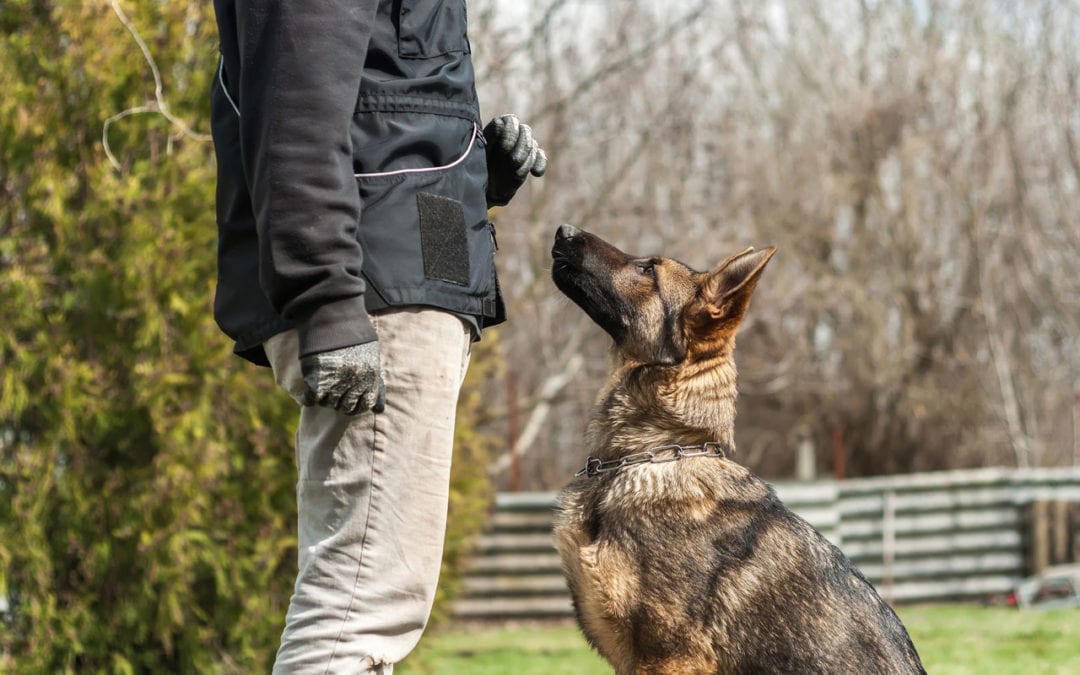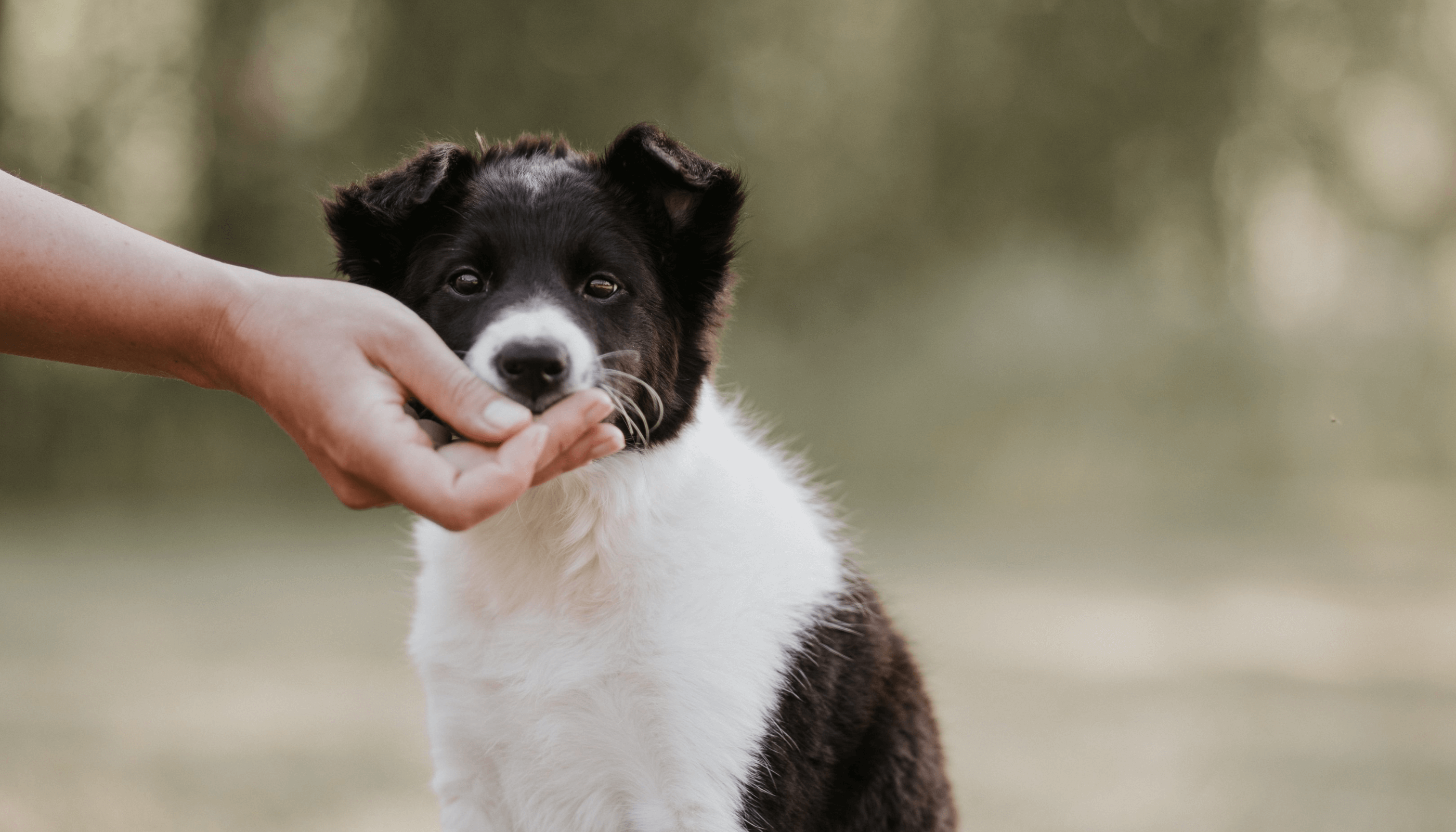Puppy Training 101: How to Start Teaching Your New Pup Right Away
Puppy Training 101: How to Start Teaching Your New Pup Right Away
Blog Article
Top Pup Training Techniques to Make Certain a Well-Behaved Pet Dog
Efficient puppy training is crucial for growing a mannerly companion, and numerous methods can considerably affect a pet's development. As we discover these methods better, it ends up being clear that the success of pup training hinges on a mix of techniques that can change your animal's behavior in exceptional means.
Positive Support Strategies
Using favorable reinforcement methods is necessary for effective pup training, as it encourages wanted habits via benefits as opposed to punishment. This approach takes advantage of the all-natural discovering processes of dogs, enhancing etiquette by supplying instant and concrete benefits, such as deals with, appreciation, or play. By connecting positive outcomes with specific actions, puppies are much more likely to repeat those habits in the future.
Effective favorable support involves timing and uniformity. Rewards should be provided instantly after the preferred actions takes place to create a clear link in the puppy's mind. Additionally, differing the kinds of benefits can maintain a pup's interest and motivation throughout the training procedure. Some puppies may react far better to spoken praise while others may prefer a favored plaything or reward.

Uniformity in Training Commands
Preserving uniformity in training commands is vital for strengthening the lessons found out through positive support techniques. Canines grow on routine and predictability, so making use of the same spoken commands and hand signals for specific habits is important. This harmony aids puppies comprehend what is anticipated of them, reducing confusion and frustration for both the animal and the instructor.

Timing also plays a substantial duty in uniformity. Commands ought to be delivered promptly throughout training sessions and complied with promptly by positive support, such as treats or praise. This prompt response assists solidify the organization between the command and the wanted habits.
Including consistency right into training sessions will create a steady learning setting, promoting quicker proficiency of commands. Ultimately, a well-structured strategy promotes a solid bond between the puppy and its proprietor, resulting in a more loyal and mannerly animal.
Socializing With Other Pets
Socializing with other pet dogs is vital for a young puppy's growth, as it assists them find out proper behaviors and interaction skills in varied social contexts. Early interactions with various animals can dramatically influence a pup's temperament and flexibility in various circumstances. When puppies are exposed to a range of link pets, they end up being more certain and much less frightened, which can avoid possible behavioral issues later on in life.

Moreover, observing body language throughout communications is important. Show your young puppy to acknowledge signals from various other pets, such as indicators of playfulness or pain, fostering mutual regard and understanding. Routine socialization not just improves your puppy's social abilities however also adds to their general well-being, developing a much more harmonious living setting. Finally, prioritizing communications with other pets will certainly yield a well-rounded and socially skilled pet.
Dog Crate Training Benefits
Identifying the various benefits of cage training can significantly boost both the puppy's and proprietor's experience. Crate training provides a risk-free and secure atmosphere for pups, ensuring they feel shielded when left alone. This complacency can dramatically decrease anxiousness and tension degrees for both the pet and the owner.
Additionally, dog crates work as a useful house-training device. Puppies naturally stay clear of soiling their resting location, consequently encouraging them to hold their bladder up until they are allow outside. This impulse can quicken the house-breaking procedure, cultivating excellent habits early.
Crate training also helps in taking care of a pup's behavior when unsupervised. By offering an assigned area, proprietors can protect against destructive behaviors, such as Bonuses eating on furnishings or getting involved in harmful substances. Pet crates can be valuable throughout traveling, providing a familiar space that can aid relax a young puppy in new environments.
Last but not least, developing a pet crate regular motivates self-reliance, enabling puppies to find out exactly how to be alone without concern. In general, cage training is an effective approach for advertising self-control, peace, and safety, leading to a well-adjusted, mannerly pet.
Chain Training Essentials
Leash training is an essential facet of accountable pet ownership that ensures a risk-free and enjoyable strolling experience for both the puppy and its owner. Correct leash training starts early, preferably during the pup's socialization duration. This training helps develop excellent routines and advertises positive actions when out in public.
To begin, choose a comfy collar or harness that fits your puppy well. Connect a strong leash, ensuring it is not as well long, browse around this web-site as this can lead to drawing and erratic habits. Begin in a silent environment to lessen distractions and progressively present your puppy to new environments.
Usage positive support techniques, such as treats and appreciation, to urge your puppy to walk beside you. Quit strolling and wait for them to return to your side prior to continuing if your puppy pulls. This shows them that drawing will certainly not yield forward motion. Consistency is crucial; practice regularly and remain patient, as proficiency requires time.
In addition, incorporate brief training sessions with enjoyable disturbances to construct your pup's emphasis. With commitment and perseverance, chain training will certainly lead to a hospitable buddy, making walks satisfying for both the young puppy and the owner.
Conclusion
In conclusion, using effective young puppy training techniques is critical for establishing a mannerly animal. Generally, these methods jointly advertise a harmonious partnership between puppies and their proprietors.
As we explore these techniques further, it ends up being clear that the success of puppy training hinges on a mix of approaches that can transform your family pet's behavior in amazing means.
Utilizing positive support techniques is essential for reliable young puppy training, as it urges preferred actions with incentives rather than penalty.Crate training also assists in taking care of a puppy's habits when unsupervised.Leash training is an essential facet of liable pet ownership that ensures a risk-free and delightful walking experience for both the pup and its proprietor.In conclusion, utilizing effective pup training strategies is essential for creating a well-behaved pet dog.
Report this page